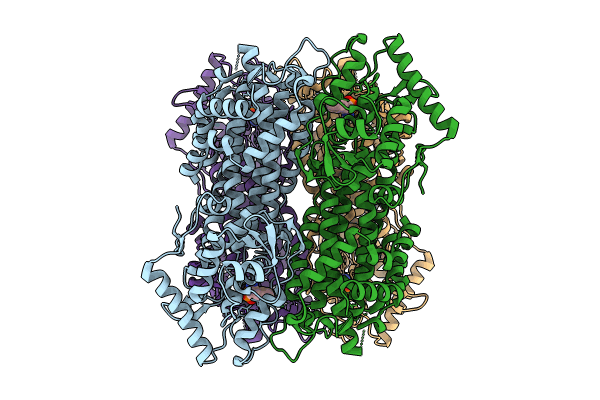
Deposition Date
2024-03-20
Release Date
2024-08-07
Last Version Date
2024-10-09
Entry Detail
PDB ID:
9EQ5
Keywords:
Title:
CryoEM Structure of Phenylalanine Ammonia Lyase from Planctomyces brasiliencis
Biological Source:
Source Organism:
Rubinisphaera brasiliensis (Taxon ID: 119)
Host Organism:
Method Details:
Experimental Method:
Resolution:
2.17 Å
Aggregation State:
PARTICLE
Reconstruction Method:
SINGLE PARTICLE


